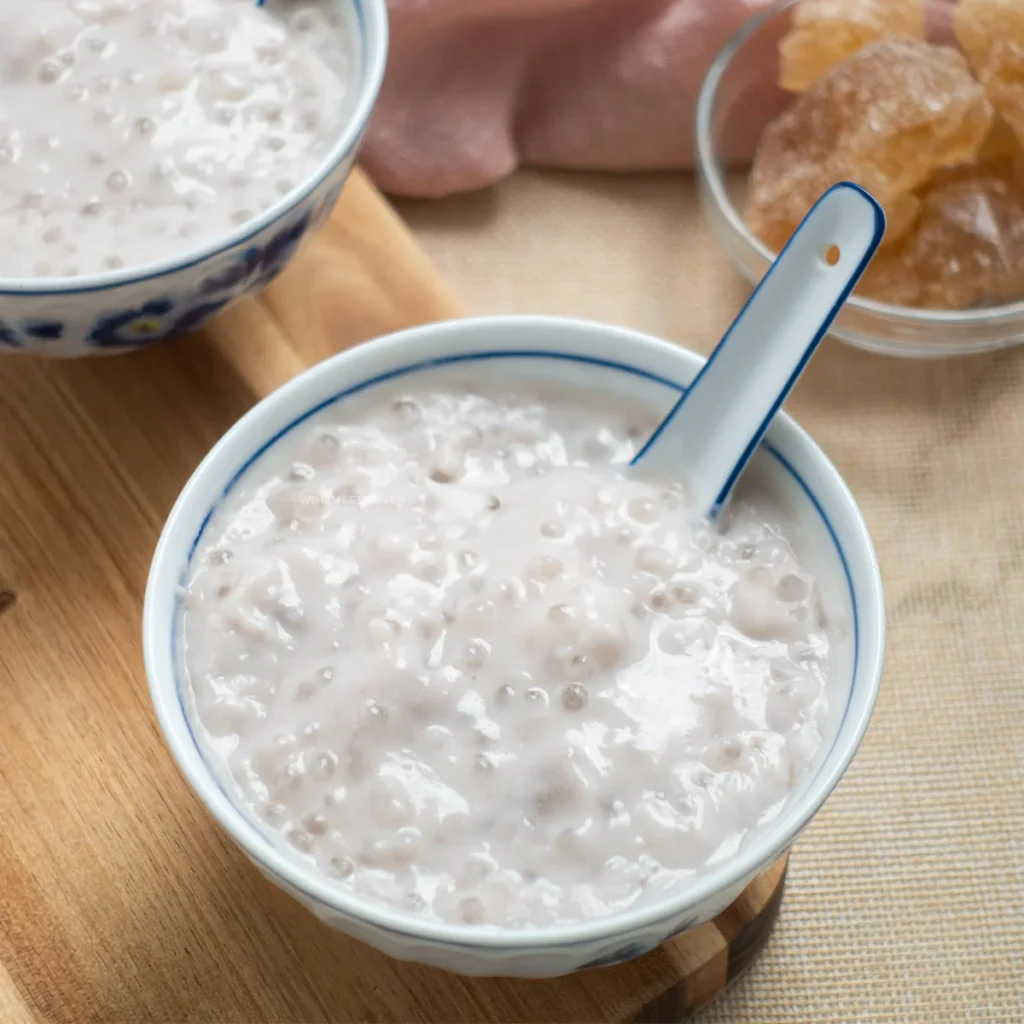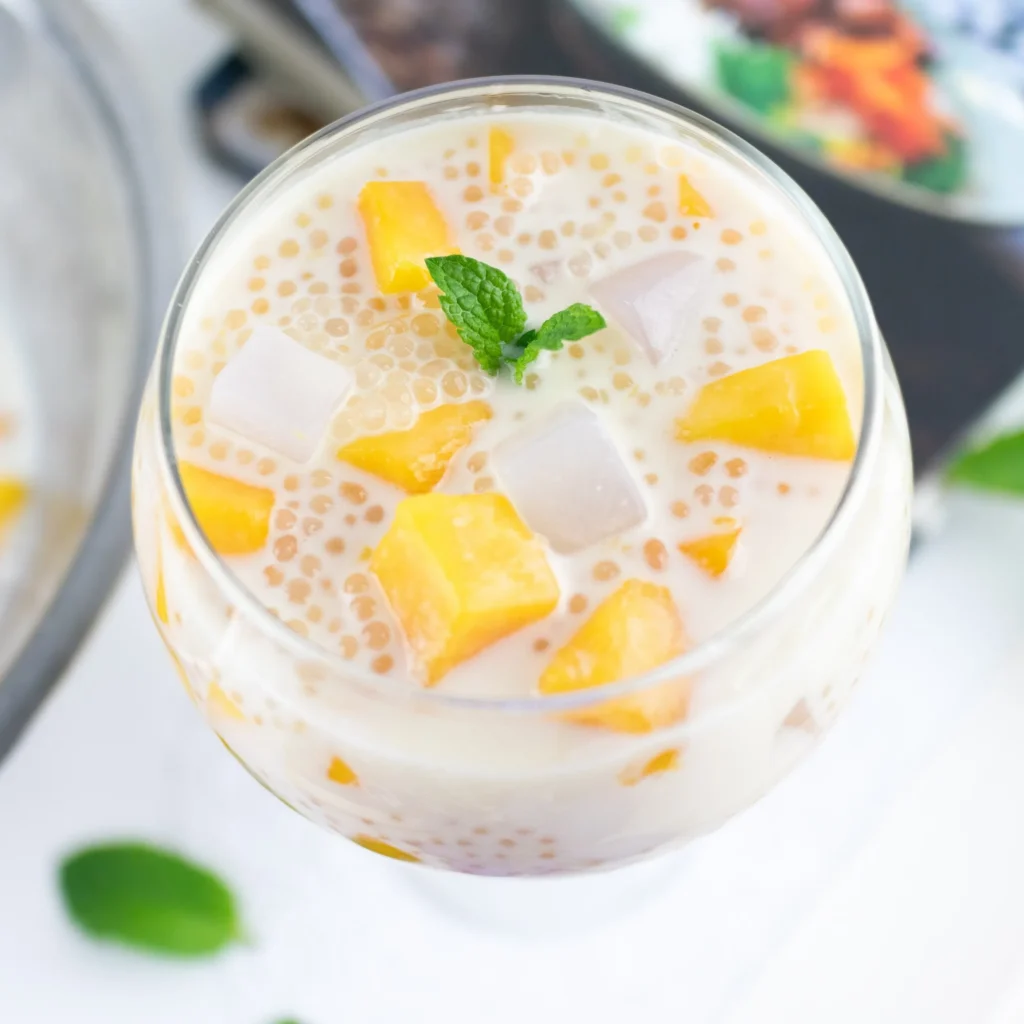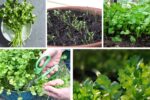Sago, a starchy substance extracted primarily from the pith of sago palm trees (Metroxylon sagu), has been a traditional staple in many Southeast Asian and Oceanic countries. Known for its versatility and high carbohydrate content, sago plays a key role in the diets of millions of people and also serves industrial purposes. Among all nations, one stands out as the undisputed leader in sago production, both in terms of scale and global significance.
So, which country is the largest sago producer in the world? The answer is Indonesia. With its favorable climate, vast swampy lowlands, and indigenous knowledge, Indonesia leads the world in sago cultivation and processing. In this article, we’ll delve into the details of Indonesia’s dominance in the global sago industry, explore the uses of sago, understand the cultivation process, and review the global market outlook.
What is Sago?

Sago is a starch obtained from the spongy center (pith) of various tropical palm stems, especially Metroxylon sagu. The white, powdery starch is similar in texture to tapioca and is widely used in puddings, porridges, and processed foods. It is gluten-free and rich in carbohydrates, making it an essential food in regions where rice or wheat are less available.
Sago can be processed into:
- Pearls (similar to tapioca)
- Flour (for baking or cooking)
- Industrial starch (used in textiles, adhesives, and paper)
The Largest Sago Producer in the World: Indonesia
Geographic and Agricultural Advantages
Indonesia, with its vast archipelagic landscape and humid tropical climate, is ideal for the growth of sago palms. The provinces of Papua, Maluku, and parts of Sulawesi and Kalimantan are especially rich in naturally growing sago forests, some of which remain untouched by modern agriculture.
The country is home to over 1.2 million hectares of sago-producing areas, with around 90% of the world’s natural sago palm stands. An estimated 5 million metric tons of wet sago starch are produced annually in Indonesia, making it the clear global leader.
Traditional and Modern Production
Indonesia’s sago production can be divided into two methods:
- Traditional Processing: In rural and indigenous communities, sago is still processed using age-old techniques. The trunk of the palm is felled, split, and the pith is scraped, mixed with water, and filtered to extract starch.
- Industrial Processing: In recent decades, Indonesia has seen the growth of sago processing factories. Companies like PT. Budi Starch & Sweetener and Sambu Group have modernized extraction and drying methods, improving yield and hygiene standards for international markets.
Why Indonesia Dominates Sago Production

- Abundant Natural Resources: Indonesia’s swampy terrain and rainforest ecosystems provide a natural habitat for sago palms to thrive.
- Cultural Knowledge: Indigenous communities in Papua and Maluku have cultivated and used sago for centuries, ensuring generational expertise in its harvesting and use.
- Government Support: Efforts by the Indonesian government to promote food diversification and sustainability have led to increased research and incentives for sago farming.
- Low Input Crop: Sago palms require minimal maintenance, no fertilizers, and can grow in peat-rich or swampy soil, making them highly sustainable in areas unsuitable for other crops.
- Global Demand: With increasing demand for gluten-free and alternative carbohydrate sources, sago’s value in international markets continues to rise.
Global Competitors
While Indonesia holds the lion’s share of global production, other countries also produce sago on a smaller scale:
- Malaysia: Particularly in Sarawak, Malaysia cultivates sago commercially. It has some of the most modern processing plants but lags behind Indonesia in sheer volume.
- Papua New Guinea: Sago is traditionally used in the country, but production is mostly for domestic use.
- Thailand and the Philippines: These countries cultivate sago and process it into pearls, but production remains limited.
Economic Impact

Sago plays a vital economic role in Indonesia, especially in less-developed provinces like Papua. It offers employment opportunities, food security, and income through both domestic and international trade. Export destinations include Japan, China, the Middle East, and even parts of Europe and the United States.
The price of processed sago starch ranges between $400 and $800 per metric ton, depending on the quality and form (flour, pearls, or industrial-grade).
Sago in the Global Market
Export Trends
Indonesia’s sago exports are gradually rising, though they still represent a niche segment of the starch market dominated by corn, wheat, and cassava. The export potential is significant as sago is:
- Gluten-Free: Ideal for gluten-intolerant and health-conscious consumers.
- Sustainable: Grows in ecosystems unsuitable for other food crops.
- Versatile: Used in food, pharmaceuticals, and paper industries.
Future Opportunities
The world’s growing awareness of climate change, food security, and gluten sensitivity offers an excellent opportunity for Indonesia to further expand its sago industry. With proper investment, modern farming techniques, and better global marketing, sago could become a key export commodity.
Challenges Facing the Sago Industry

Despite its potential, the sago industry in Indonesia faces several challenges:
- Lack of Infrastructure: Many sago-producing regions are remote with limited access to roads and processing facilities.
- Limited Research & Development: Compared to rice or wheat, sago receives less attention from agricultural research institutions.
- Environmental Threats: Deforestation and land-use change threaten natural sago forests.
- Perception Issues: In some regions, sago is considered a “poor man’s food,” which affects its domestic marketability.
Government and Policy Initiatives

Recognizing sago’s potential, the Indonesian government has taken several steps:
- Food Security Programs: Sago is included as part of national food diversification efforts.
- Research Support: Agricultural universities and institutes have begun to study improved cultivation methods, pest resistance, and yield enhancement.
- Infrastructure Investment: Road and transport projects in eastern Indonesia aim to improve access to remote sago-producing areas.
Sustainability and Ecological Impact
Sago palms are among the most sustainable crops:
- They require no fertilizers or pesticides.
- They improve soil structure and water retention in swampy areas.
- The entire tree is used: starch for food, fibers for weaving, and trunk wood for construction.
Because of these factors, sago is gaining attention as a climate-resilient crop—perfect for regions threatened by rising sea levels and soil salinization.
Conclusion
Indonesia’s leadership in the global sago industry is a result of its rich natural resources, indigenous knowledge systems, and increasing interest in sustainable agriculture. As the largest sago producer in the world, Indonesia has an opportunity not only to meet growing international demand but also to elevate the economic well-being of its rural communities.
By investing in infrastructure, research, and global marketing, Indonesia can transform sago from a regional staple into a global superfood and sustainable industrial resource.
As the world turns to environmentally friendly and gluten-free alternatives, sago’s time to shine has finally arrived—and Indonesia is leading the way.





